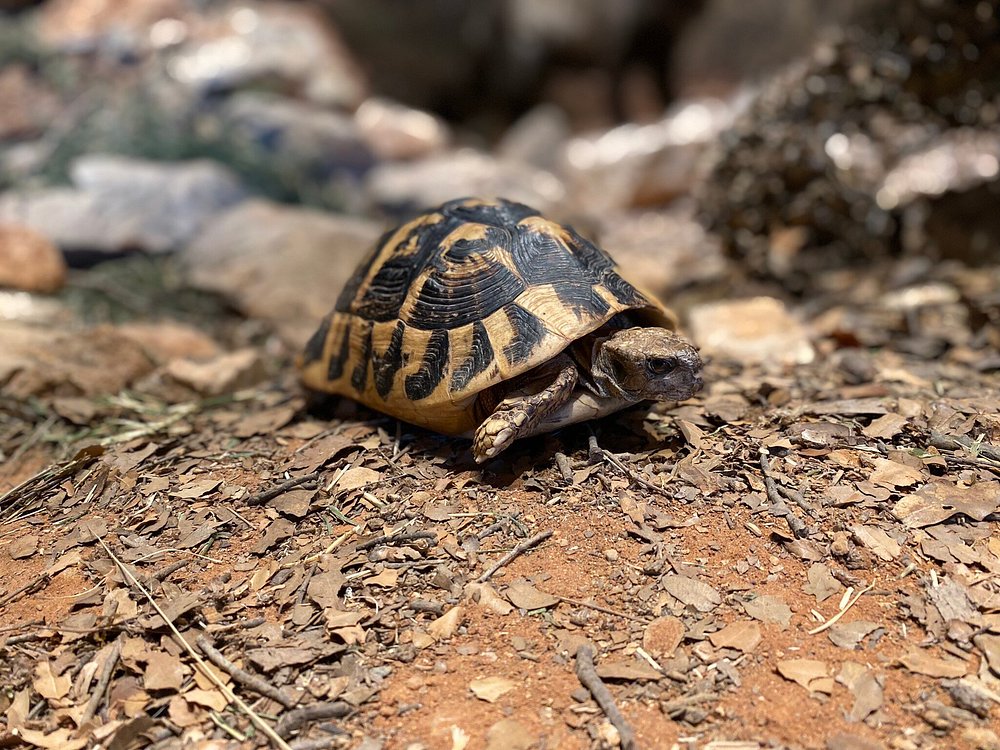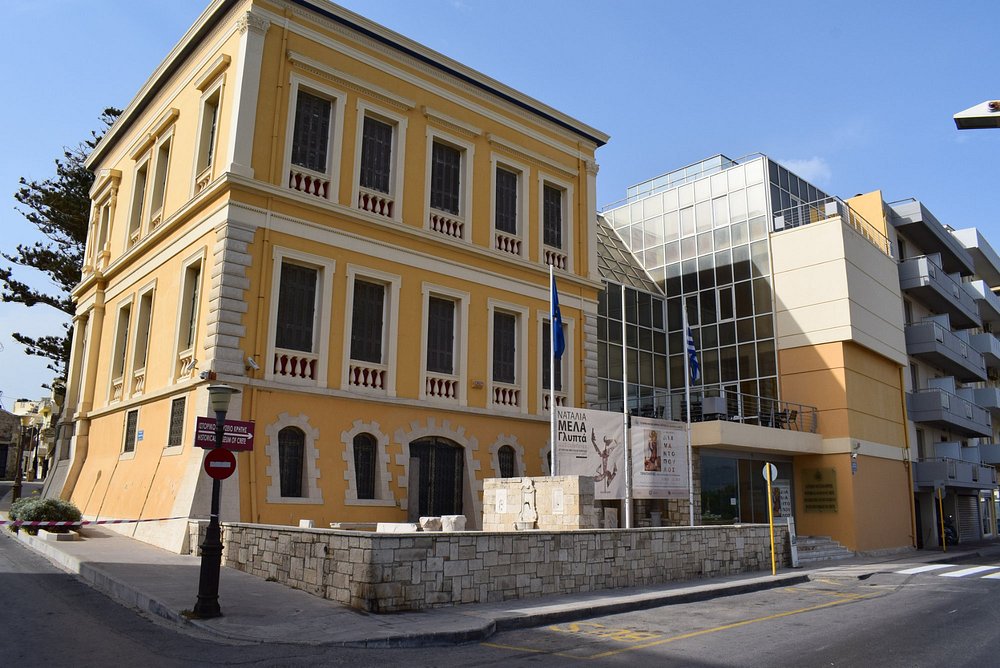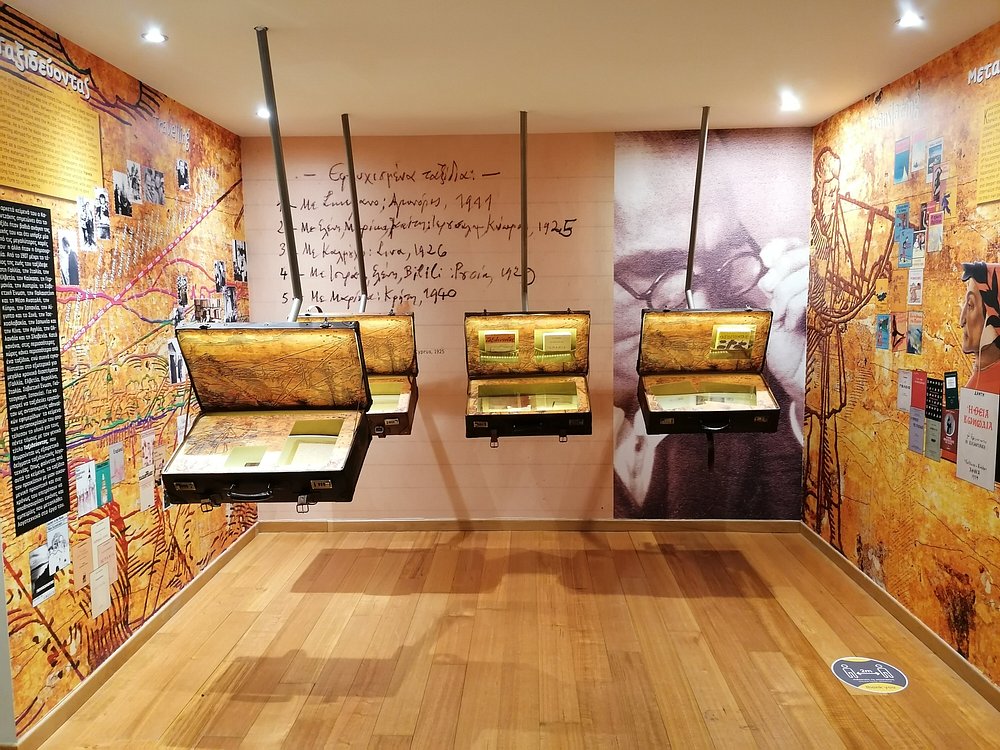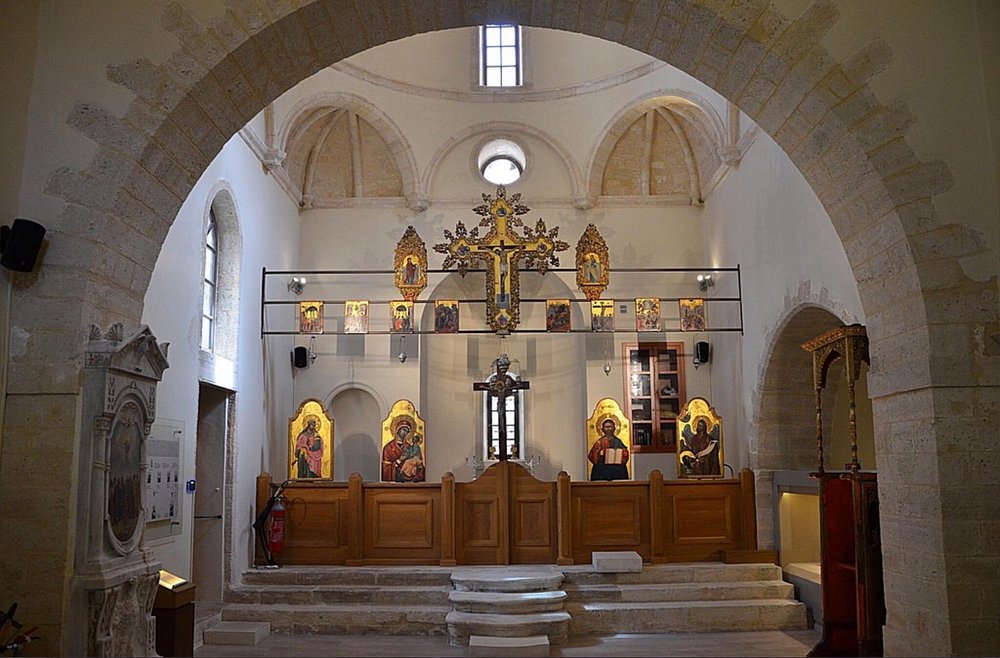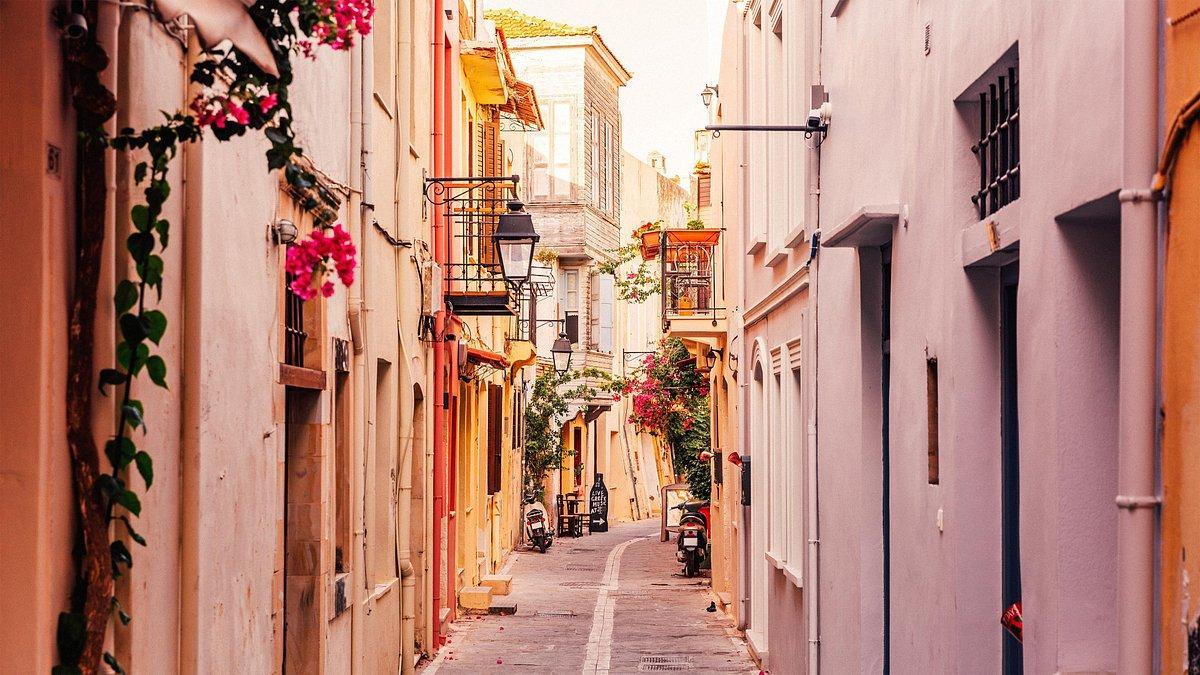About theNatural History Museum of Crete
You probably didn't come to Crete for the dinosaurs, but here they are. The Natural History Museum of Crete is a total break from ancient ruins and pottery. This place is about the island itself: the animals that live here (and used to live here), the plants, the rocks, and the ground-shaking geology that defines it.
[Image: The large, repurposed old power plant building on the Heraklion waterfront that houses the Natural History Museum.]
Housed in a huge, repurposed old power plant on the Heraklion waterfront, it’s run by the University of Crete. So you get that proper museum-science vibe, but with a serious soft spot for kids. Almost everything is interactive, oversized, or alive. If you’re tired of looking at old pots or need to entertain your family on a slow afternoon, this is your spot. It’s a museum about Cretan flora and fauna, but it makes it fun.
-
The Earthquake Simulator: This is the thing everyone talks about. It's a platform you stand on that shakes violently to show you what a real Cretan earthquake feels like. It’s weirdly fun and a little terrifying. Kids love it. [Image: The "Enceladus" earthquake simulator platform, showing visitors experiencing a simulated quake.]
-
The Giant Deinotherium: When you walk in, you’re greeted by the massive skeleton of a Deinotherium giganteum—a giant prehistoric elephant-like creature found on Crete. It’s huge and sets the tone for the whole museum. [Image: The massive skeleton of the Deinotherium giganteum towering over visitors in the museum lobby.]
-
The Live Animals: There’s a whole section with live snakes, lizards, frogs, and other small Cretan creatures in well-kept terrariums. It’s a great way to see the Crete's wildlife up close without having to go trekking through the mountains.
-
The Discovery Center: This is the hands-on area where they just let you touch stuff. You can handle bones and shells, look at insects through microscopes, and work on puzzles. It’s one of the best family activities in Heraklion.
The museum's location is in the former power plant building on the main coastal road in Heraklion, not far from the Historical Museum. There's a small parking area in front, but it fills up fast. Otherwise, you're looking for street parking along the busy coastal road, which can be a challenge.
Opening hours are typically daily, from 09:00 to 17:00 on weekdays and 10:00 to 18:00 on weekends, with longer hours in summer. But check their official website for the exact, up-to-date times. The entrance fee is a bit higher than the historical museums, around €9 for an adult, because of all the interactive stuff. No e-tickets are usually available, so just pay at the door.
How much time is needed for a full visit? This is not a quick visit, especially if you have kids. Plan for at least 2-3 hours to do it all. The good news is that the museum is modern and fully accessible, with ramps and elevators throughout.
So, is it worth it? If you have kids, 100% yes. If it’s a rainy day, or you're just plain tired of ruins, it's an excellent choice. It’s educational without being boring, and you get to ride an earthquake. It’s also a great way to appreciate the nature you’ll see while hiking in Crete's gorges. What's not to like? Having a rental car in heraklion makes getting here easy, especially if you're staying outside the city center and want to avoid the hassle of public transport with a family.
This article is sponsored by Carac. We just think Crete is a great place to explore. Read more at www.carac.gr.

